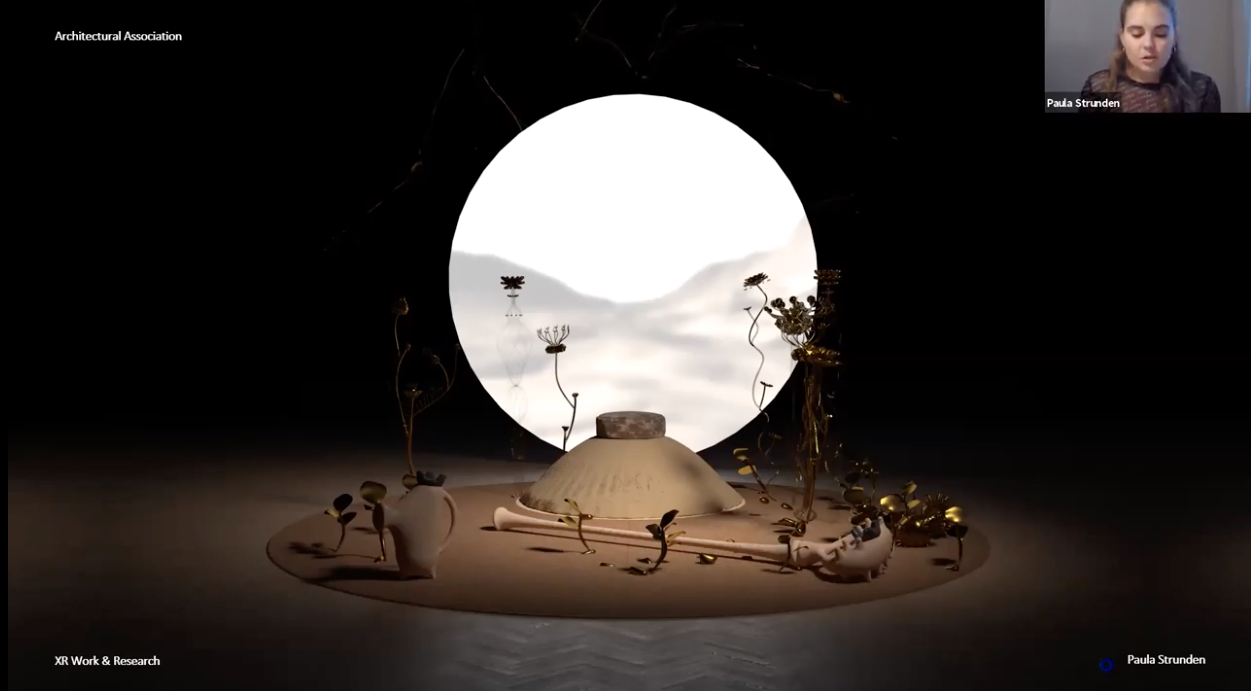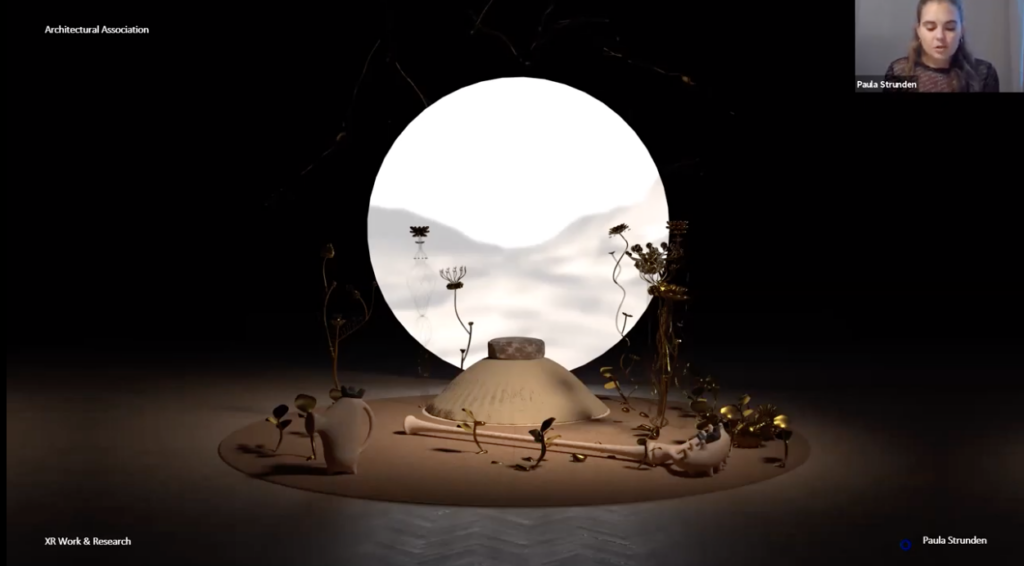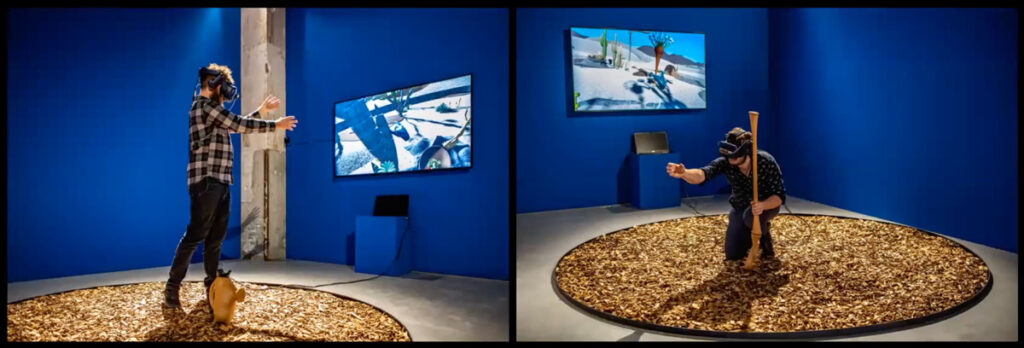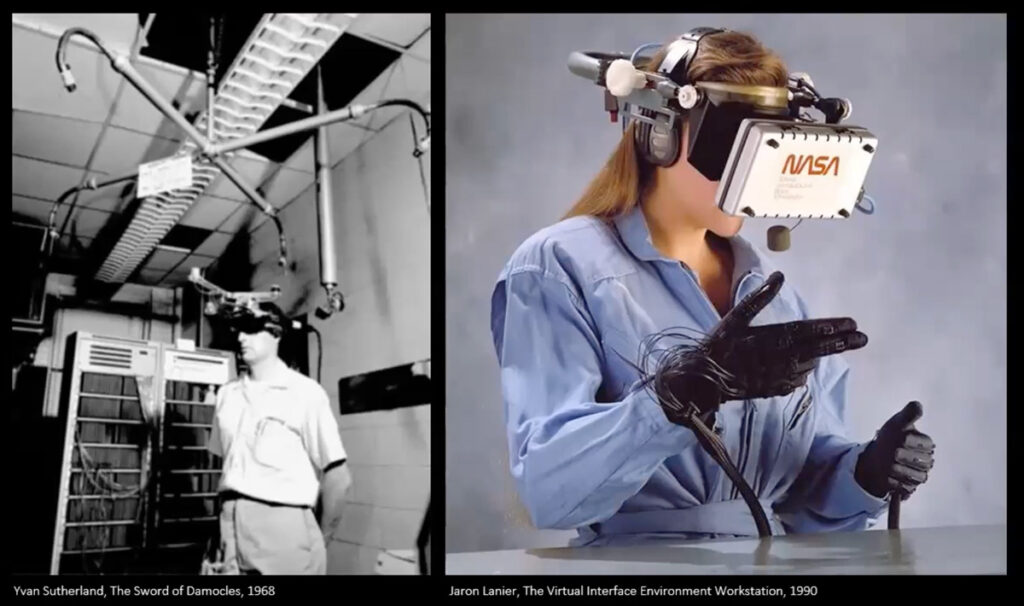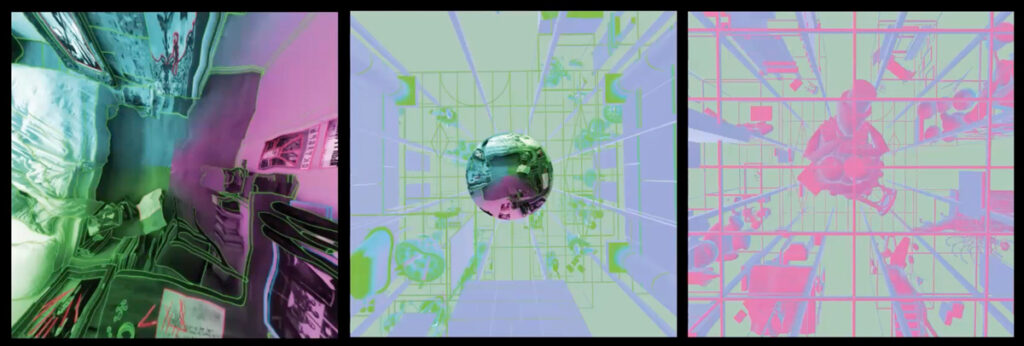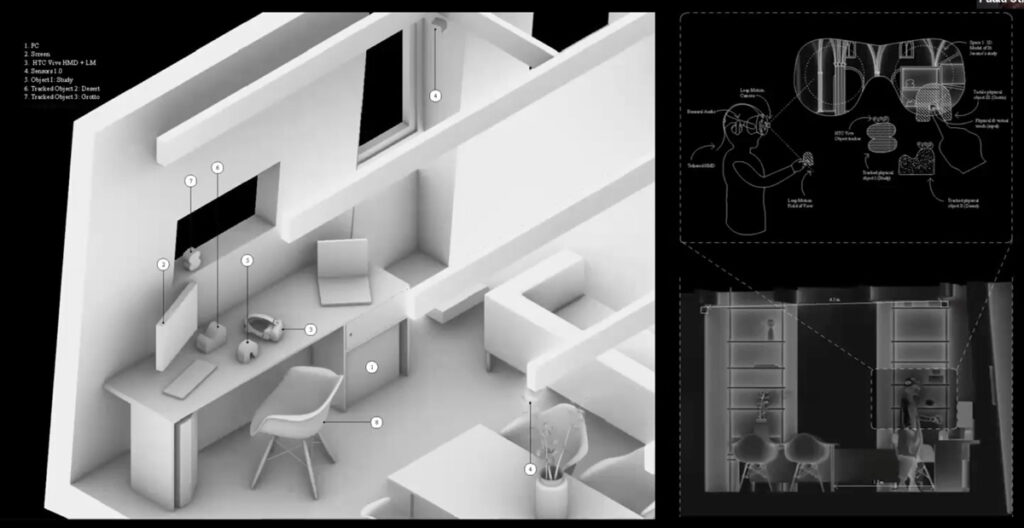Online Teaching Module
Bridging architectural knowledge and lived experience through apprenticeship

© Ionas Sklavounos
Ionas Sklavounos
Lara Schrijver
University of Antwerp, Faculty of Design Sciences, Department of Architecture
Online Teaching Module
March 23, 2023
View
Bridging architectural knowledge and lived experience through apprenticeship
Ionas Sklavounos
Lara Schrijver
University of Antwerp, Faculty of Design Sciences, Department of Architecture

© Ionas Sklavounos

© Ionas Sklavounos

© Ionas Sklavounos

© Ionas Sklavounos

© Ionas Sklavounos

